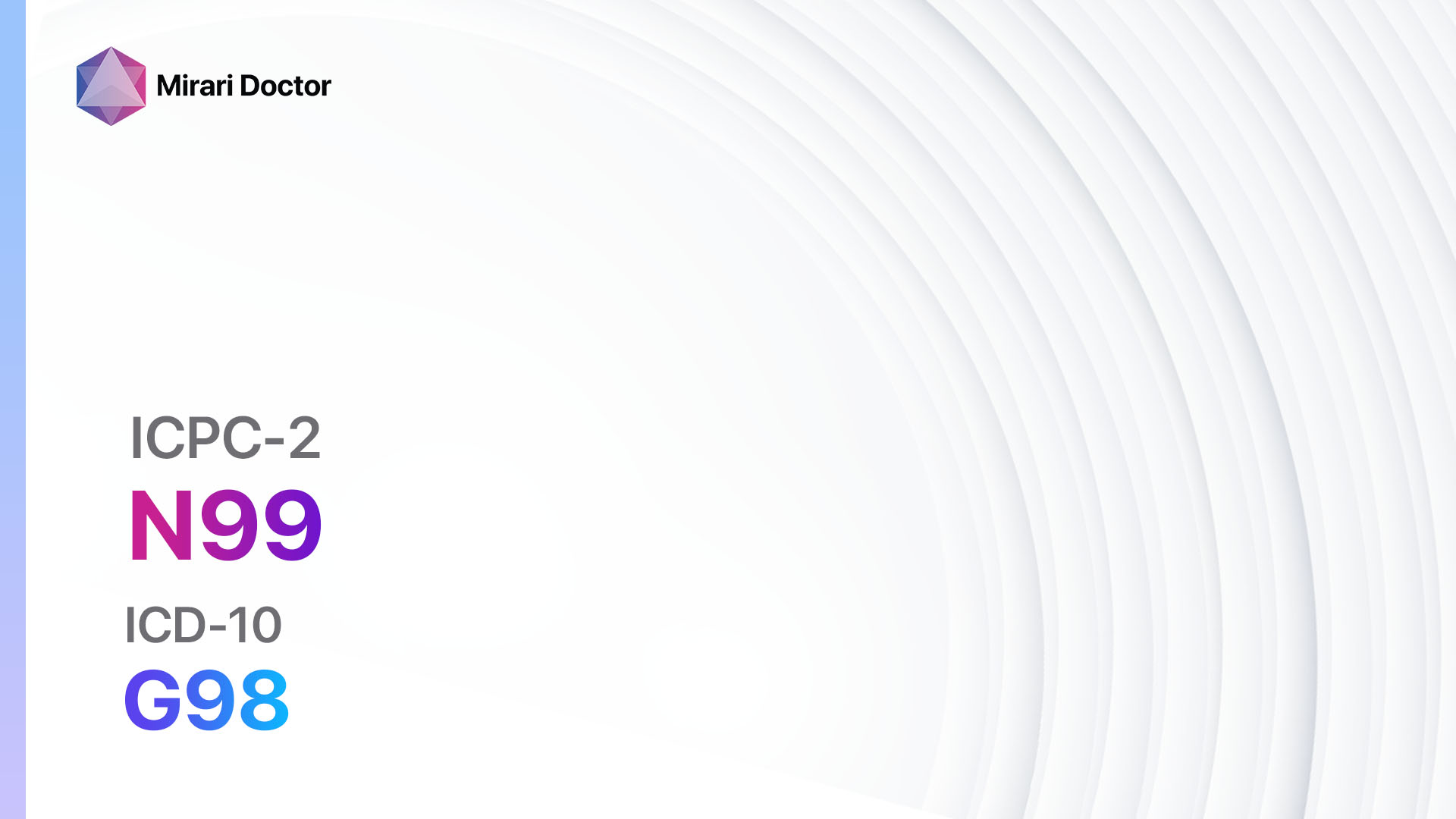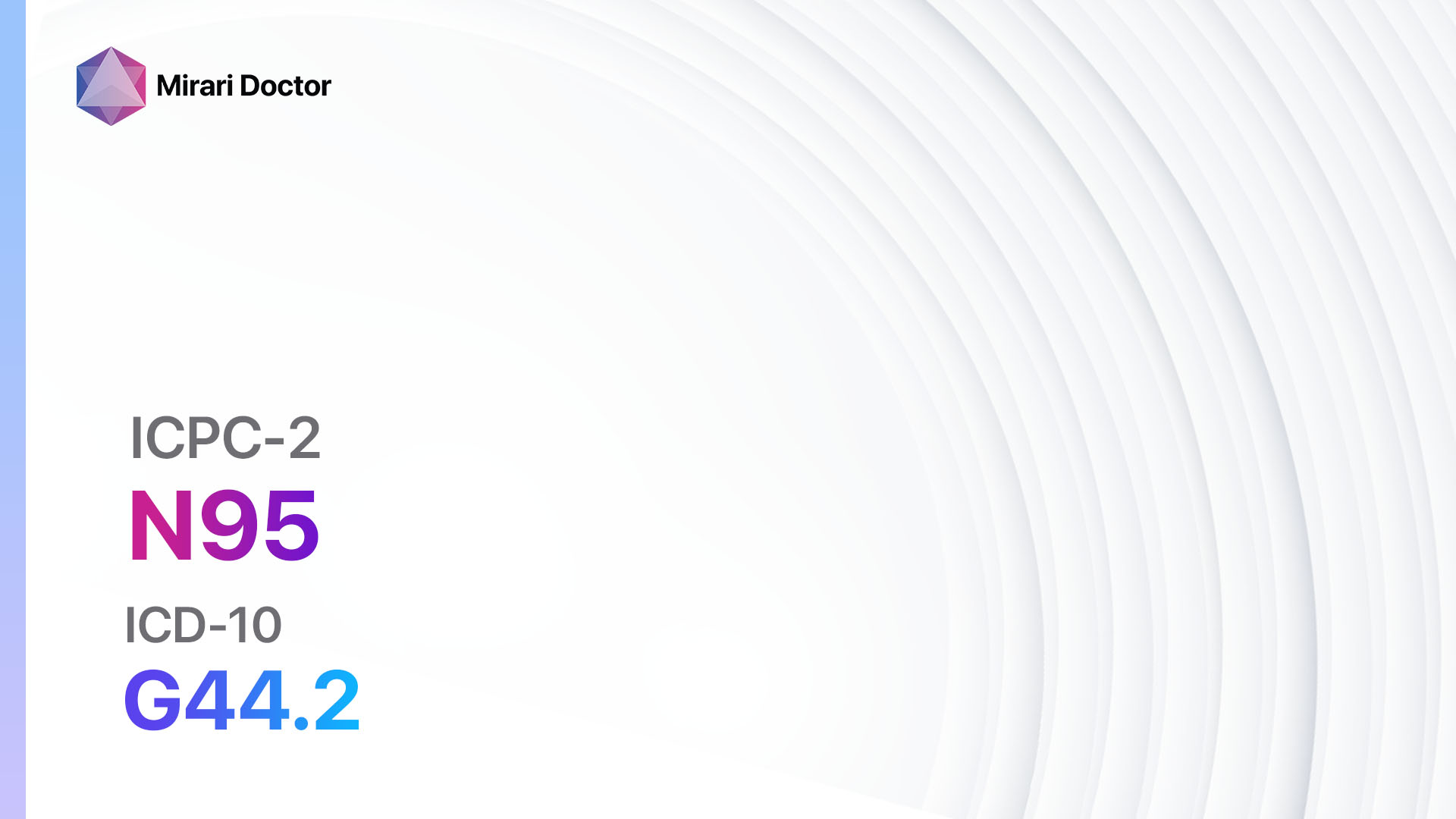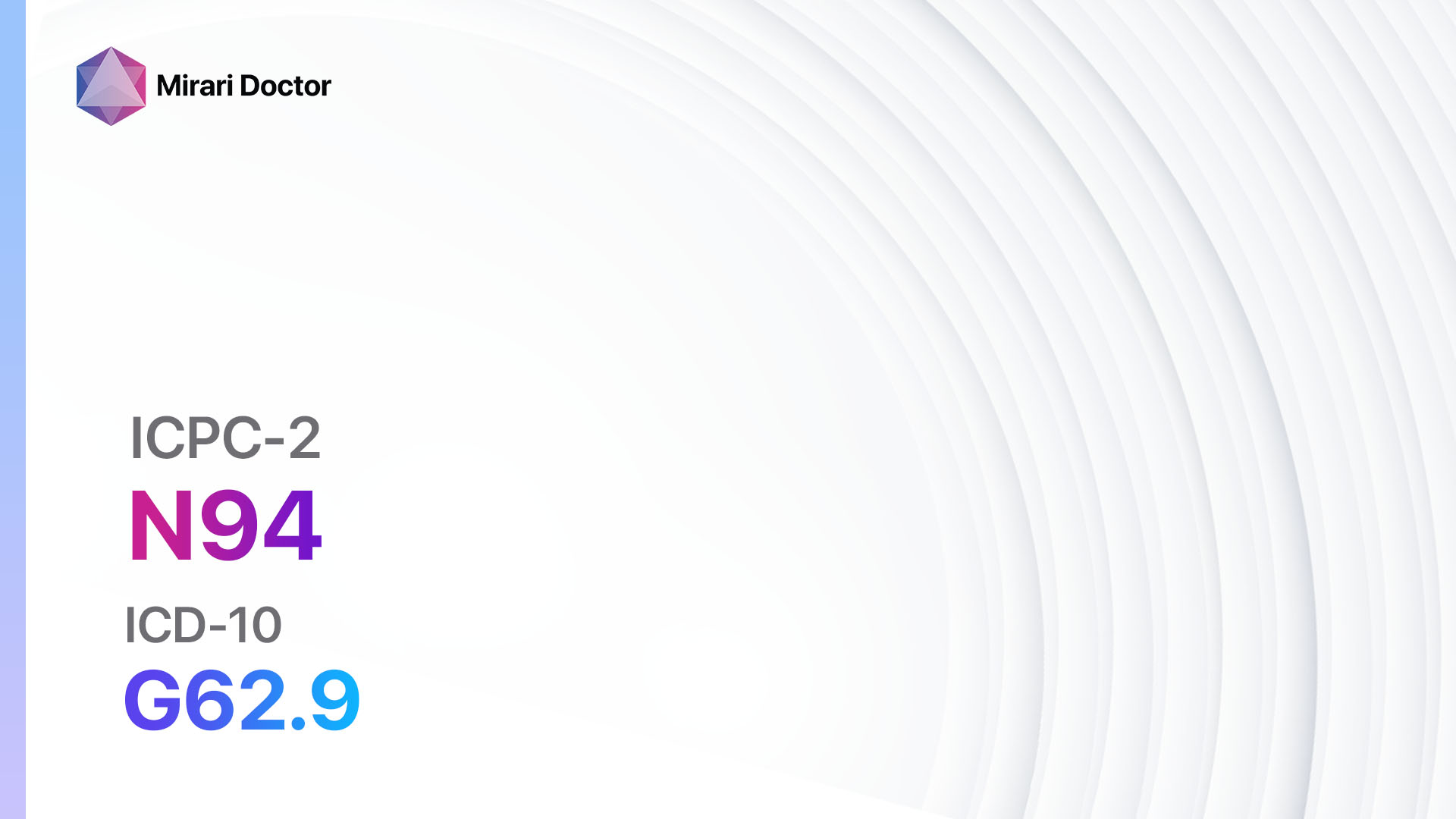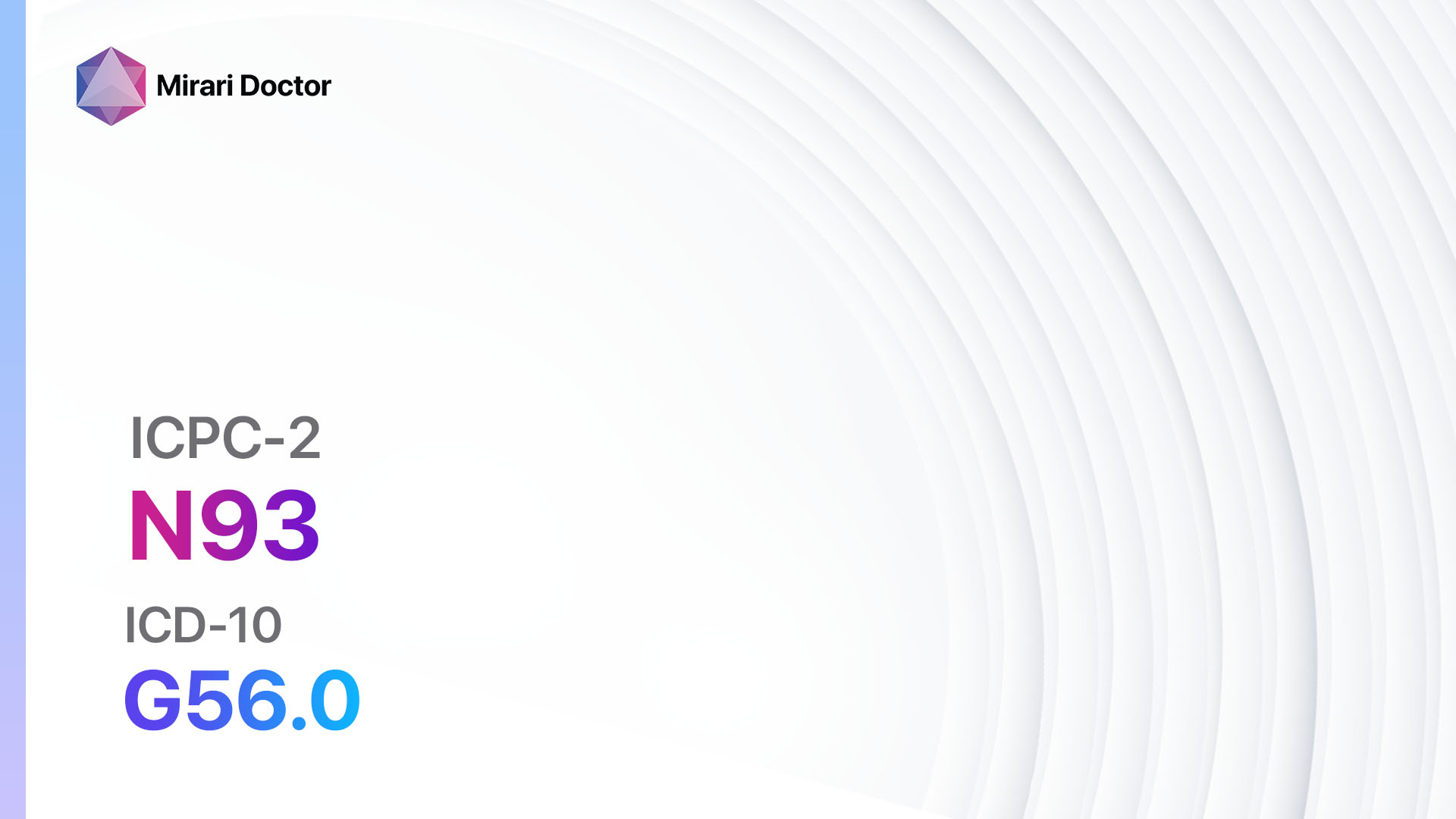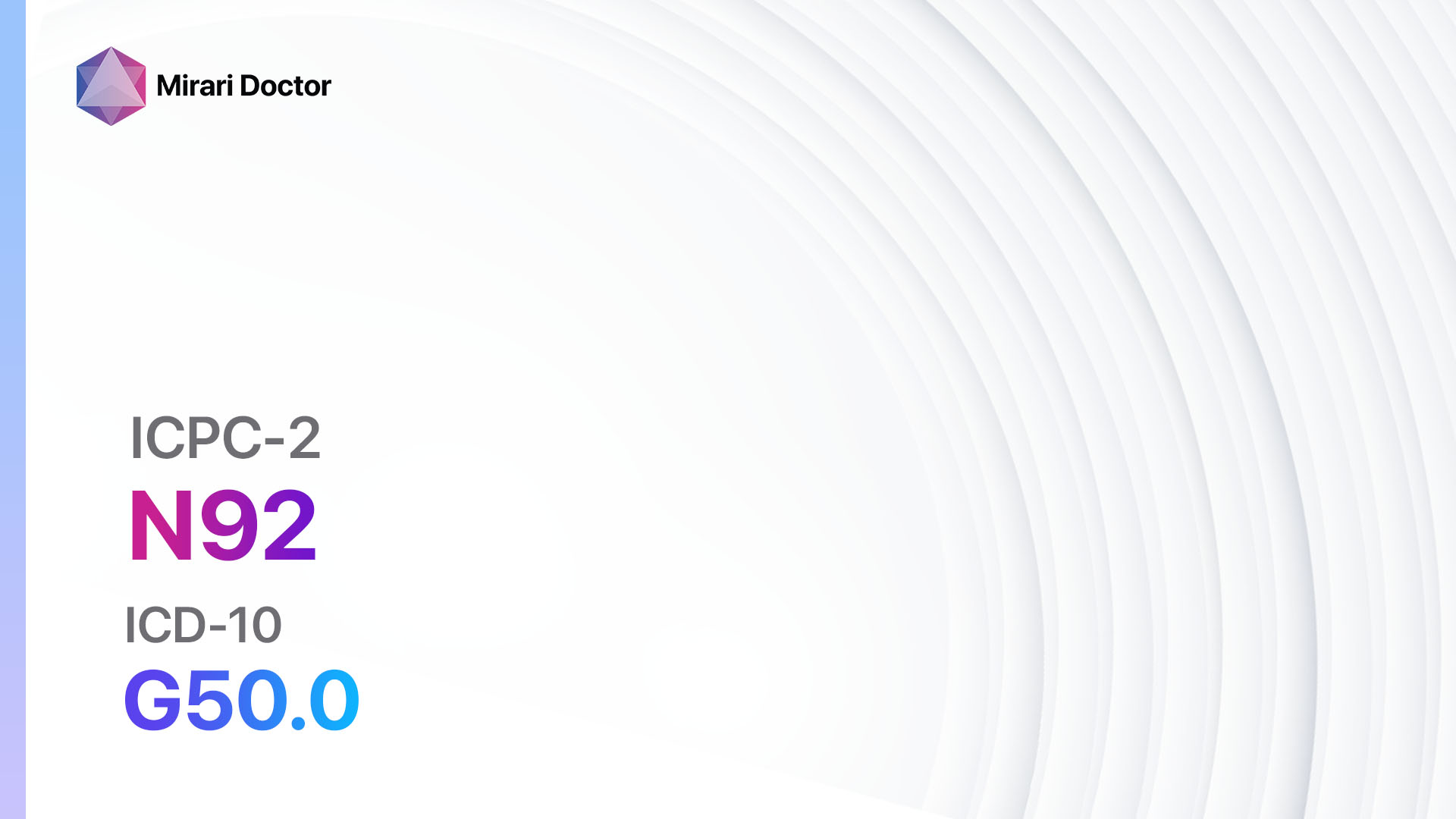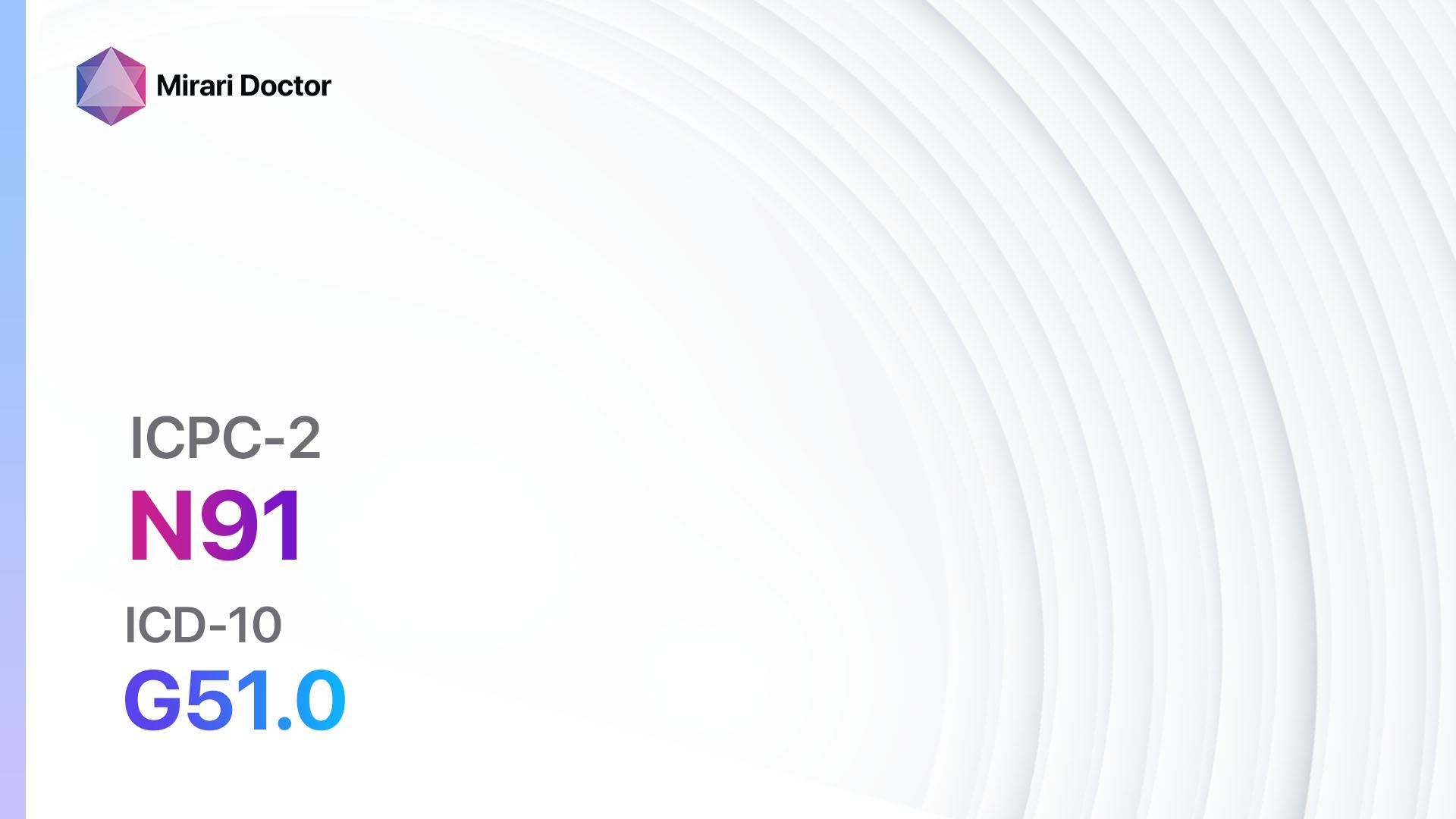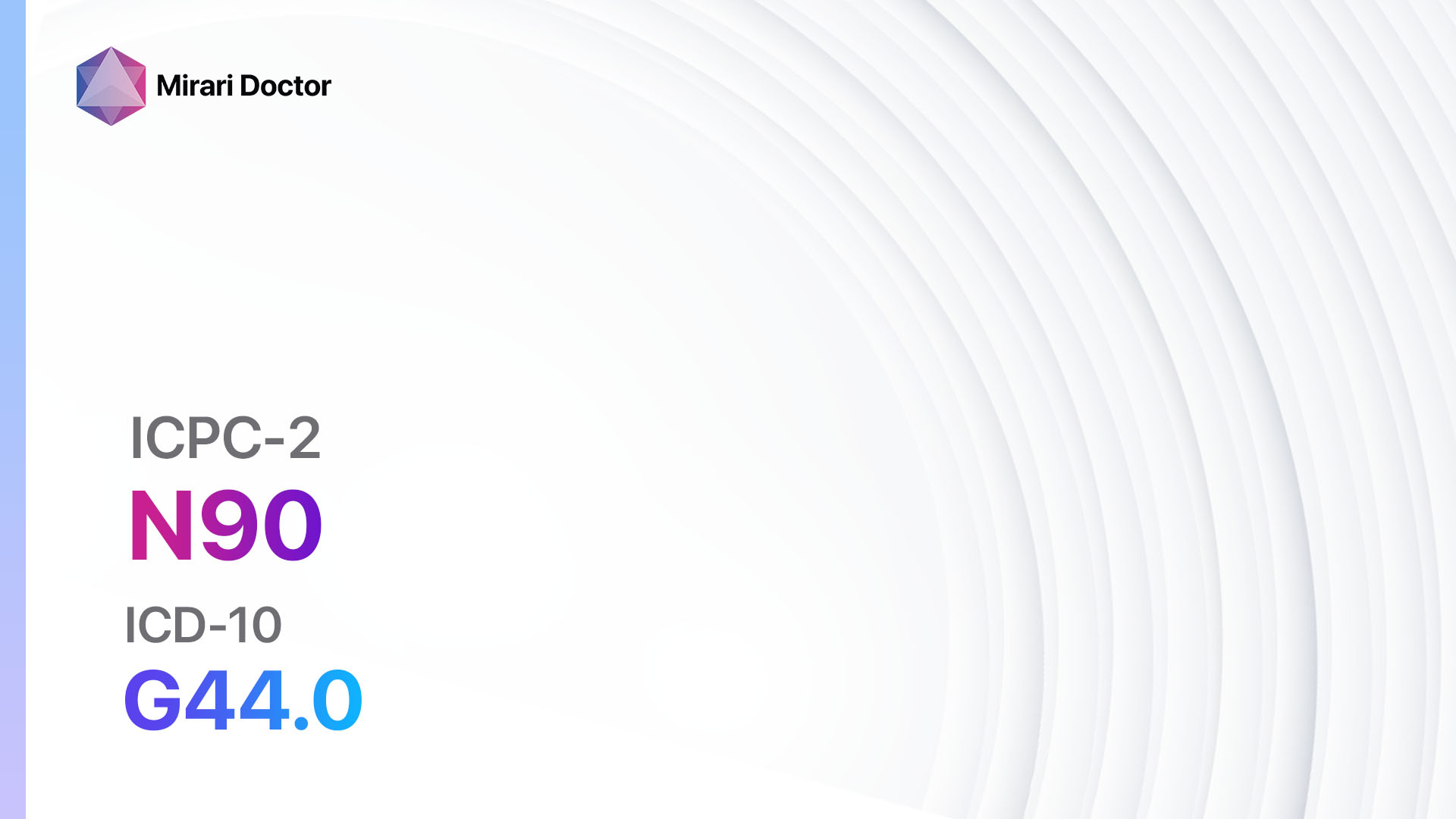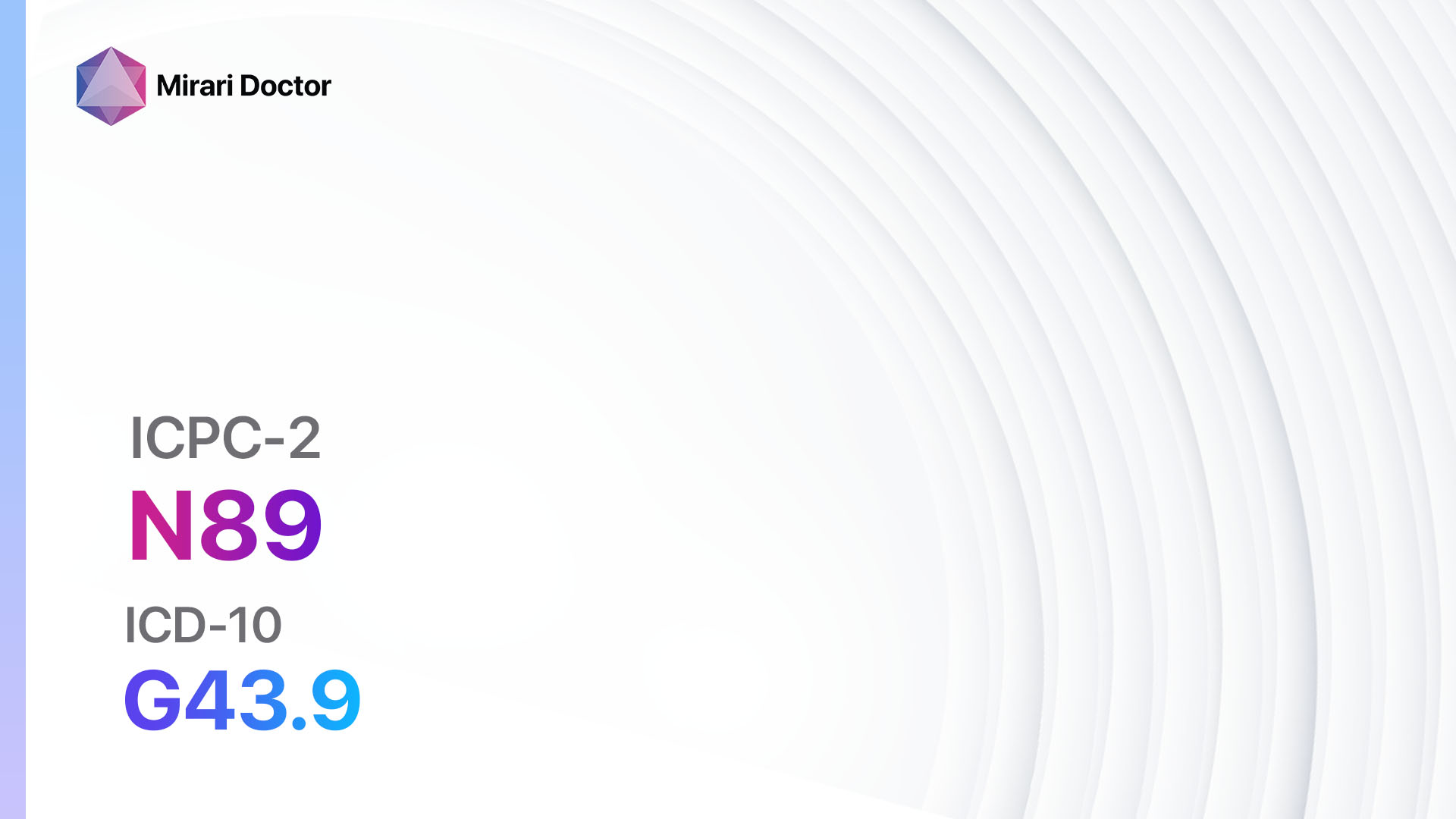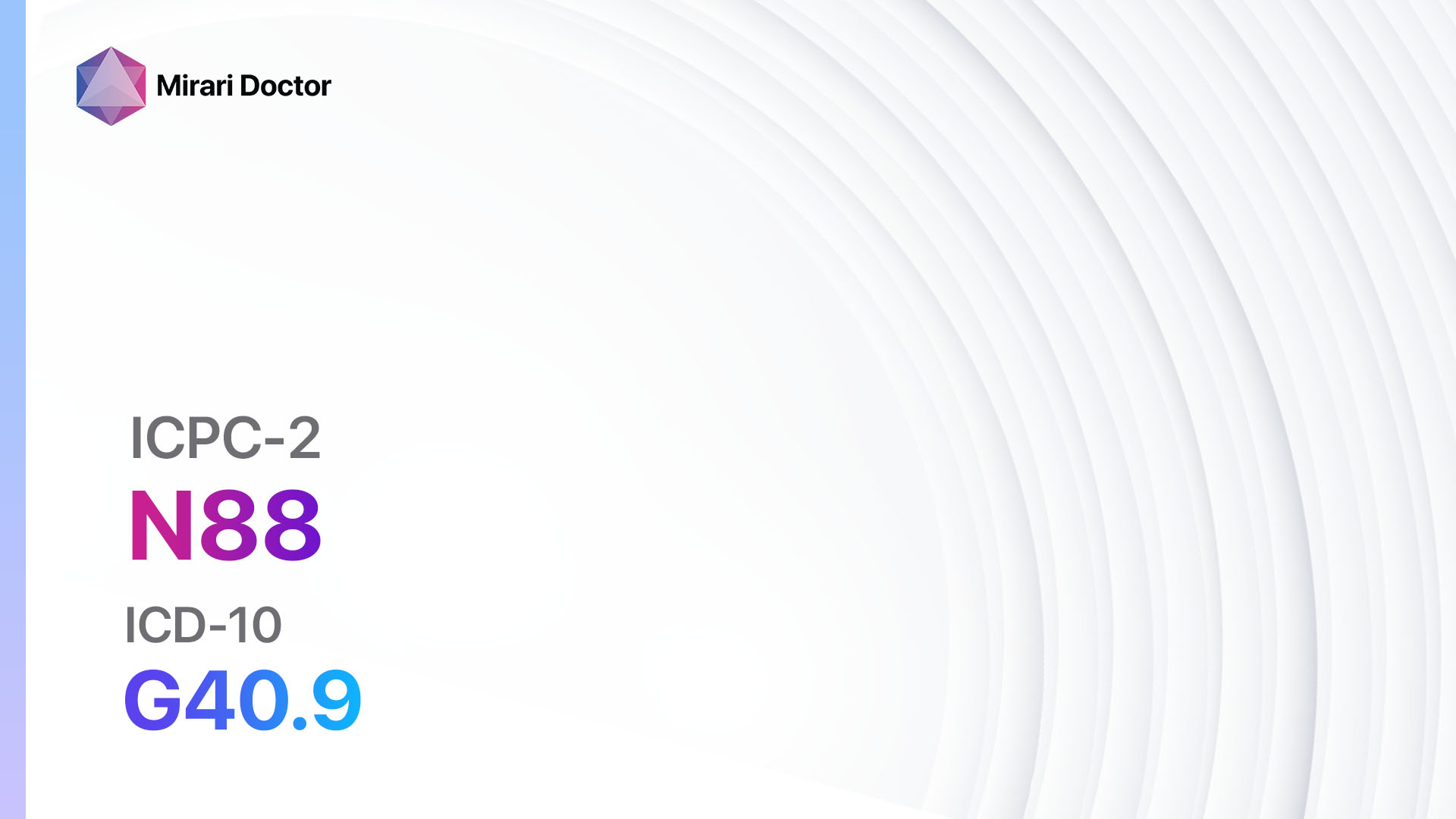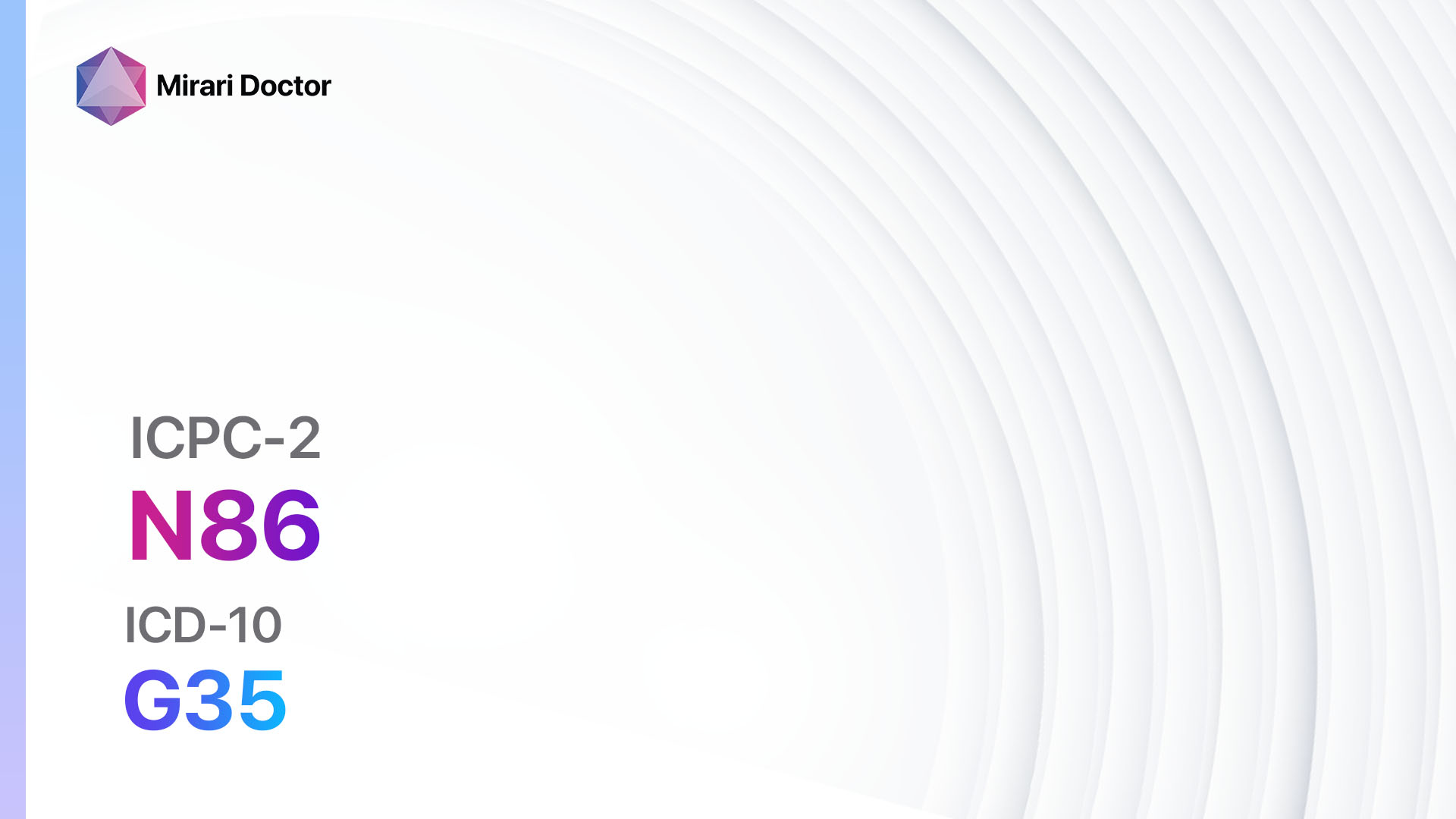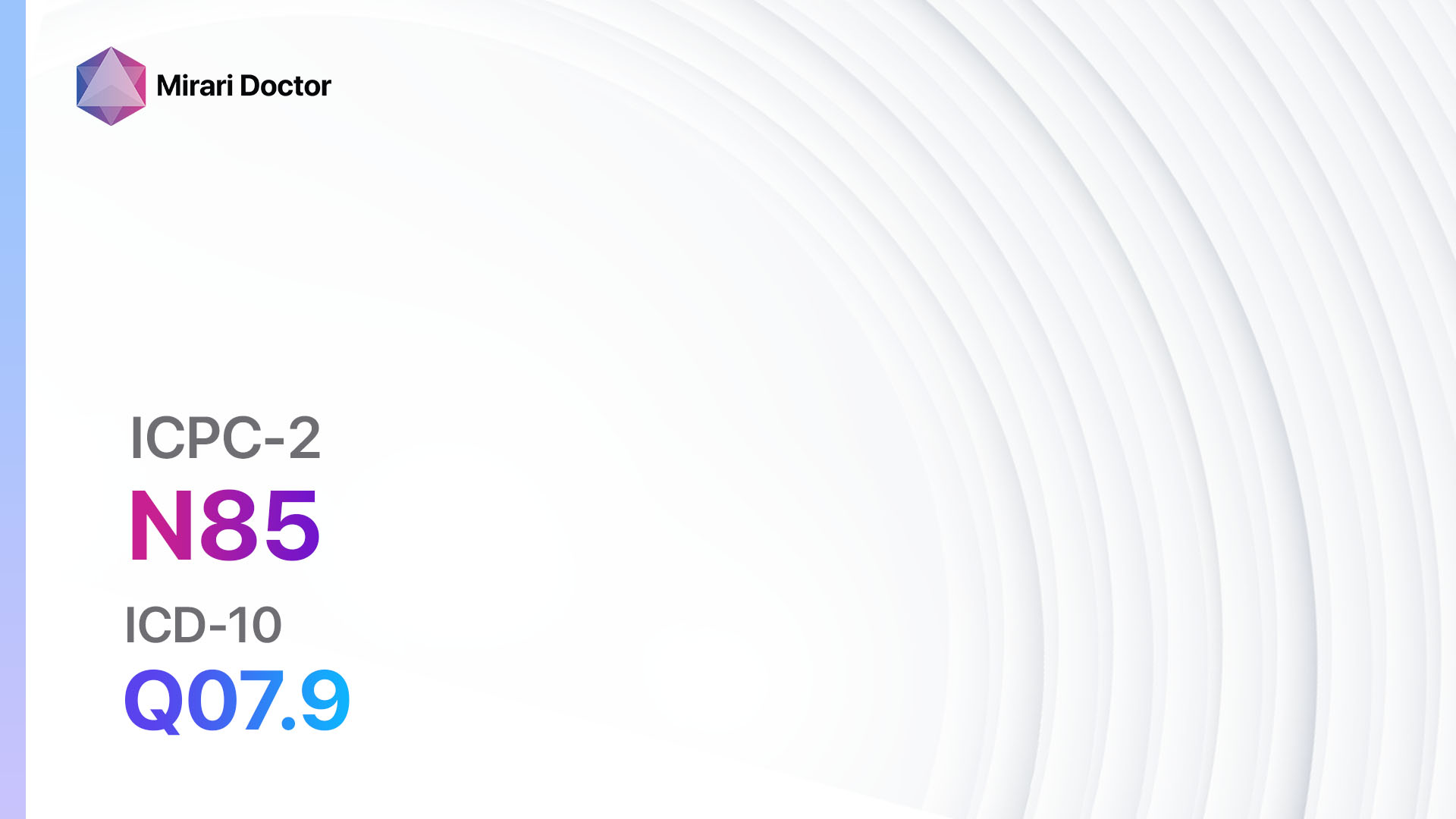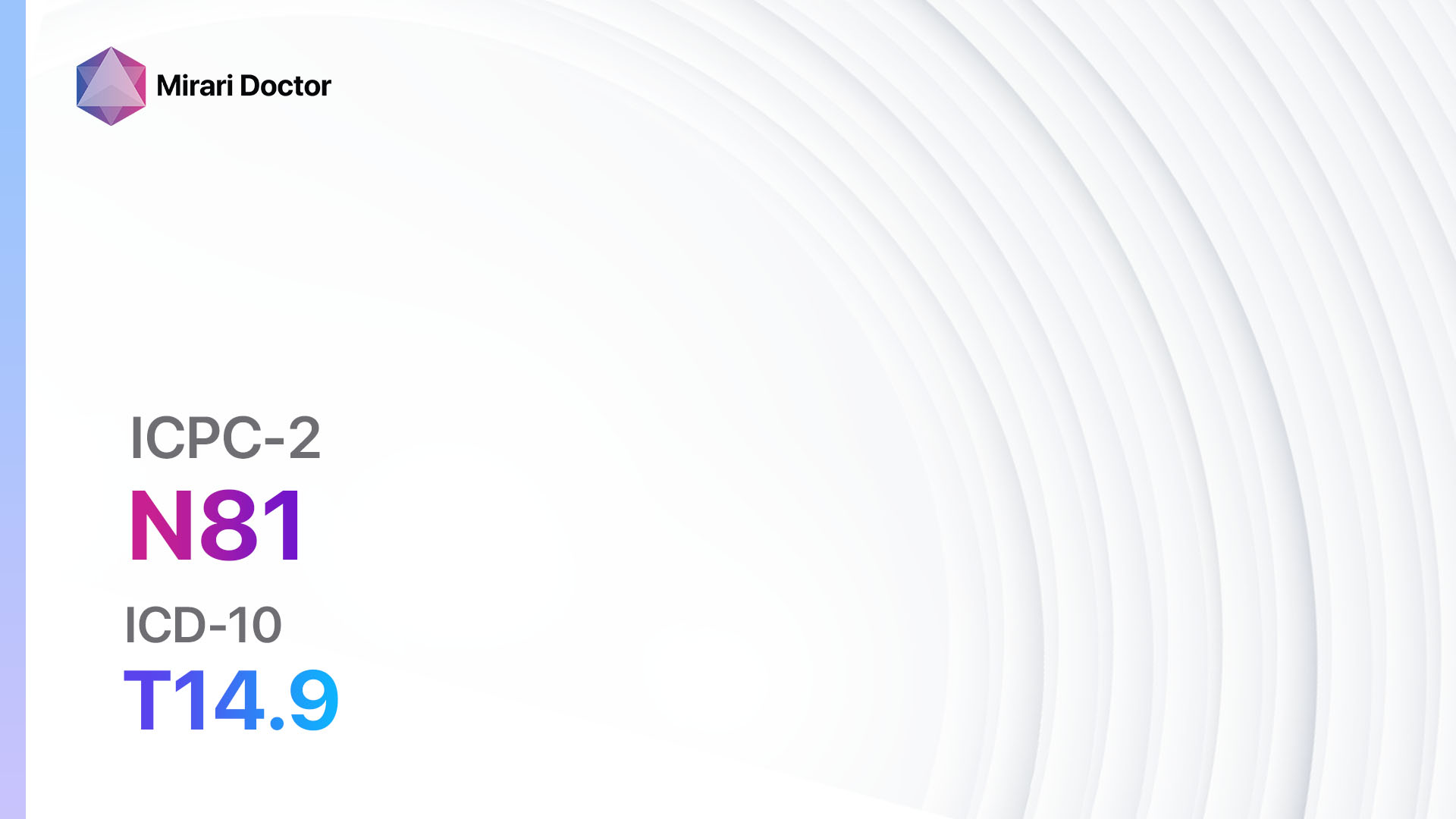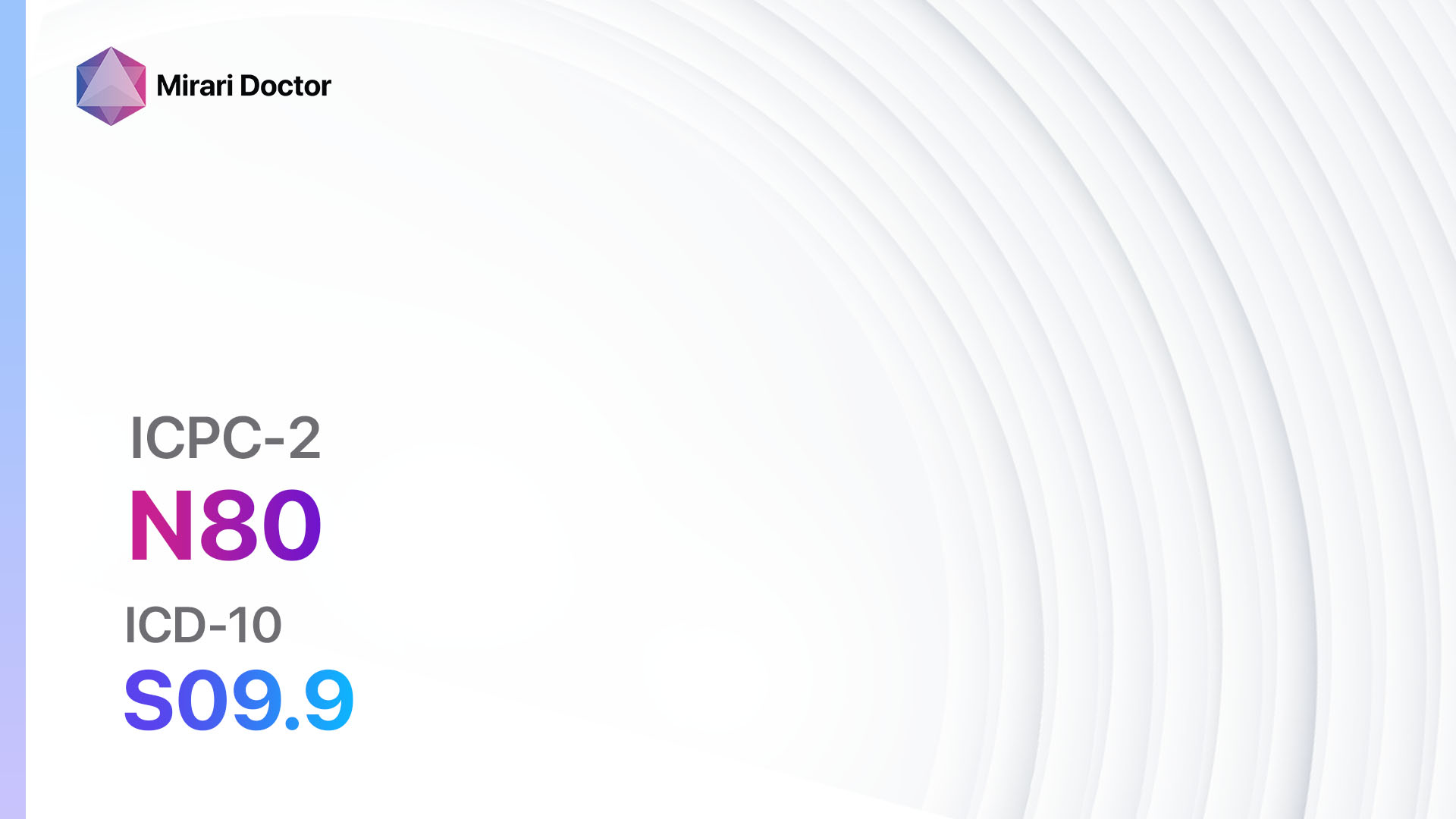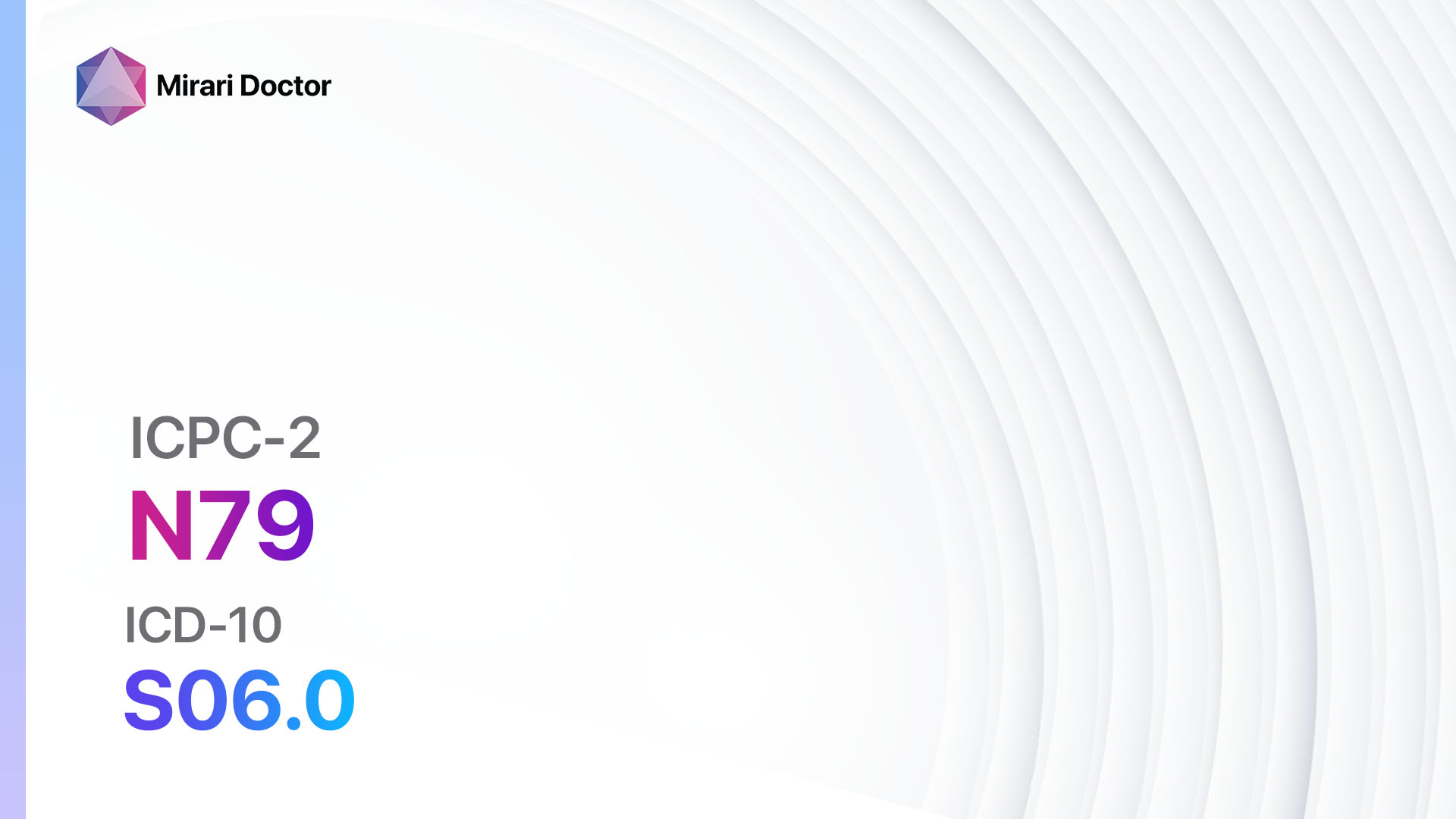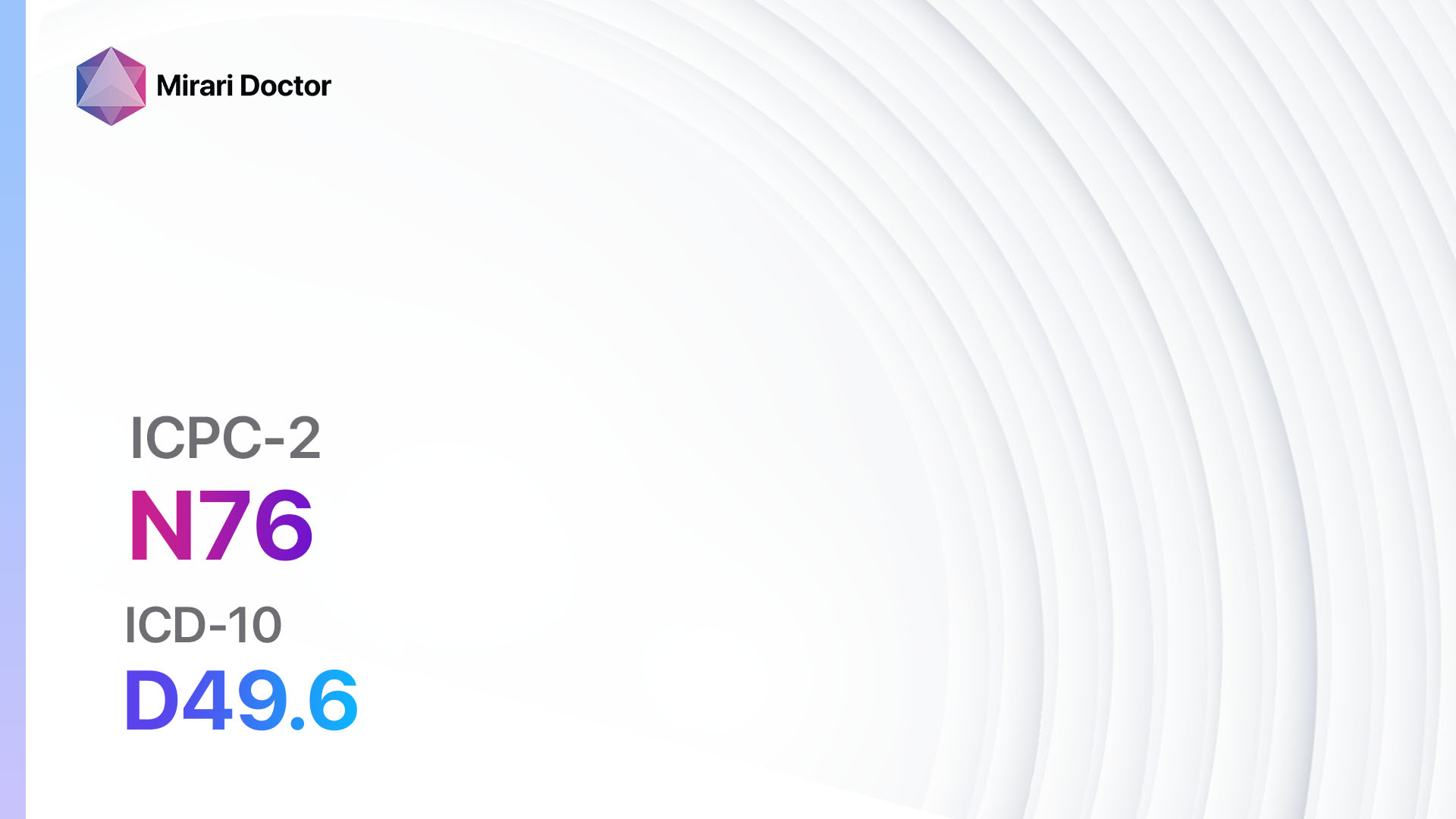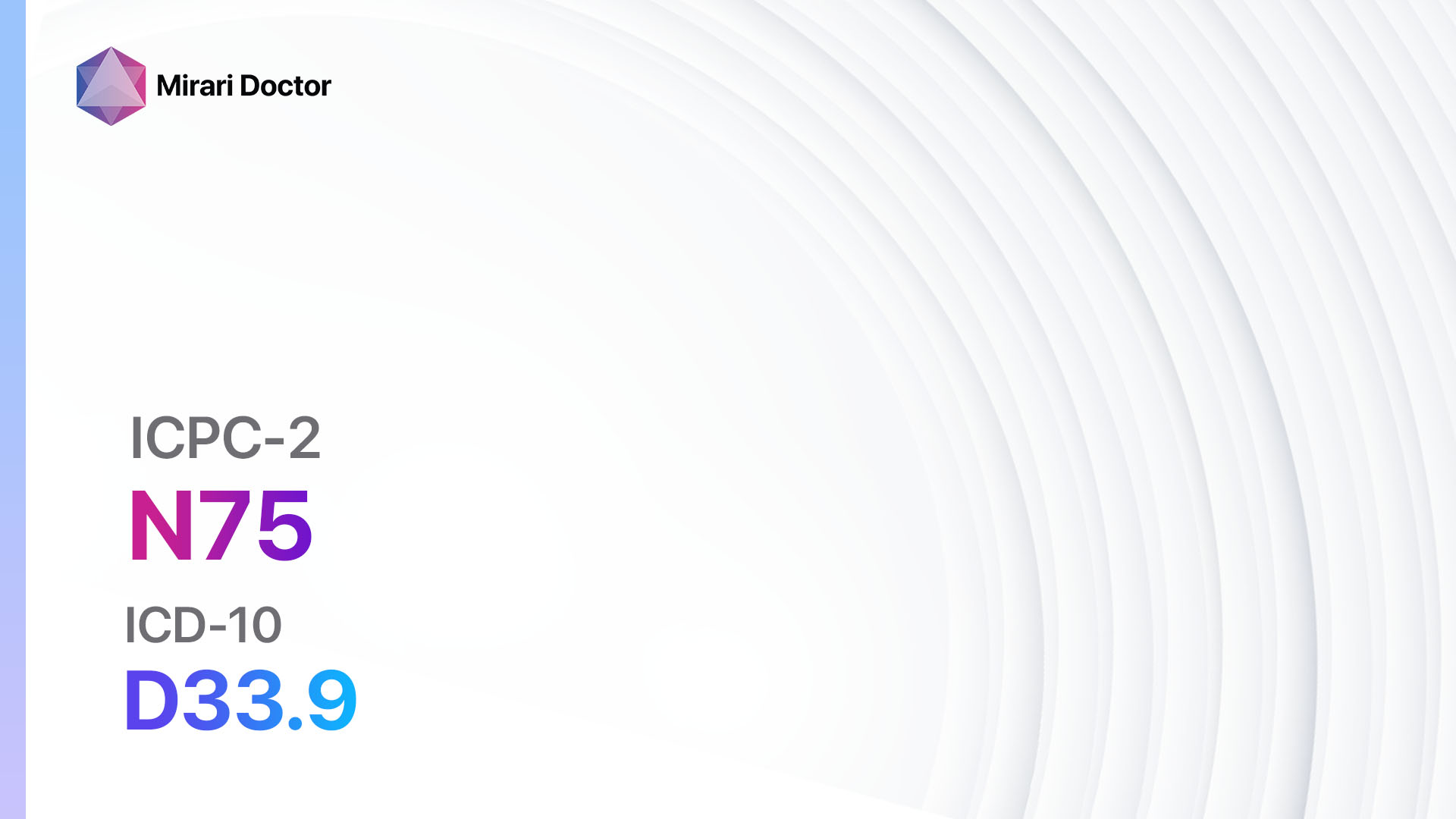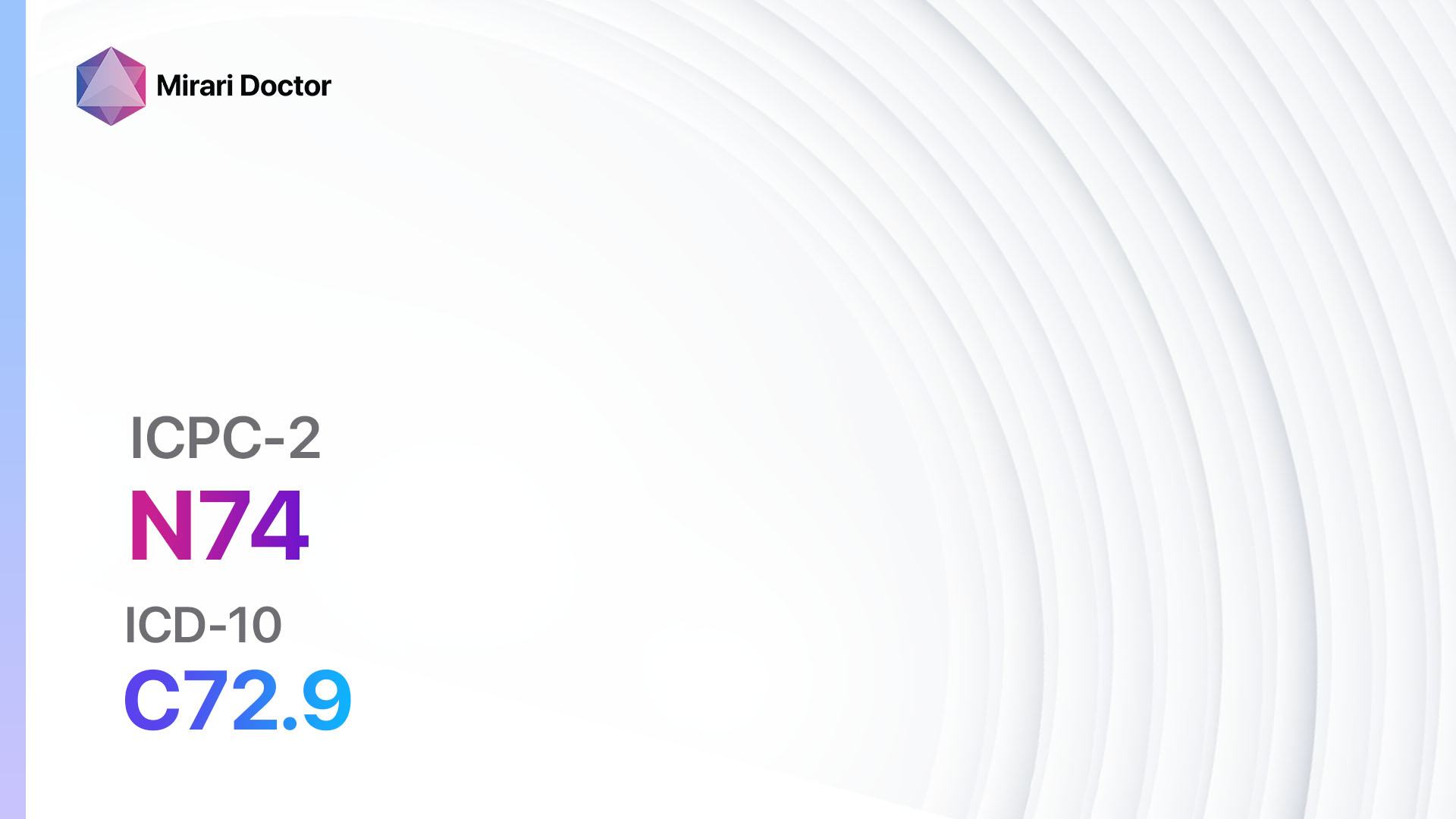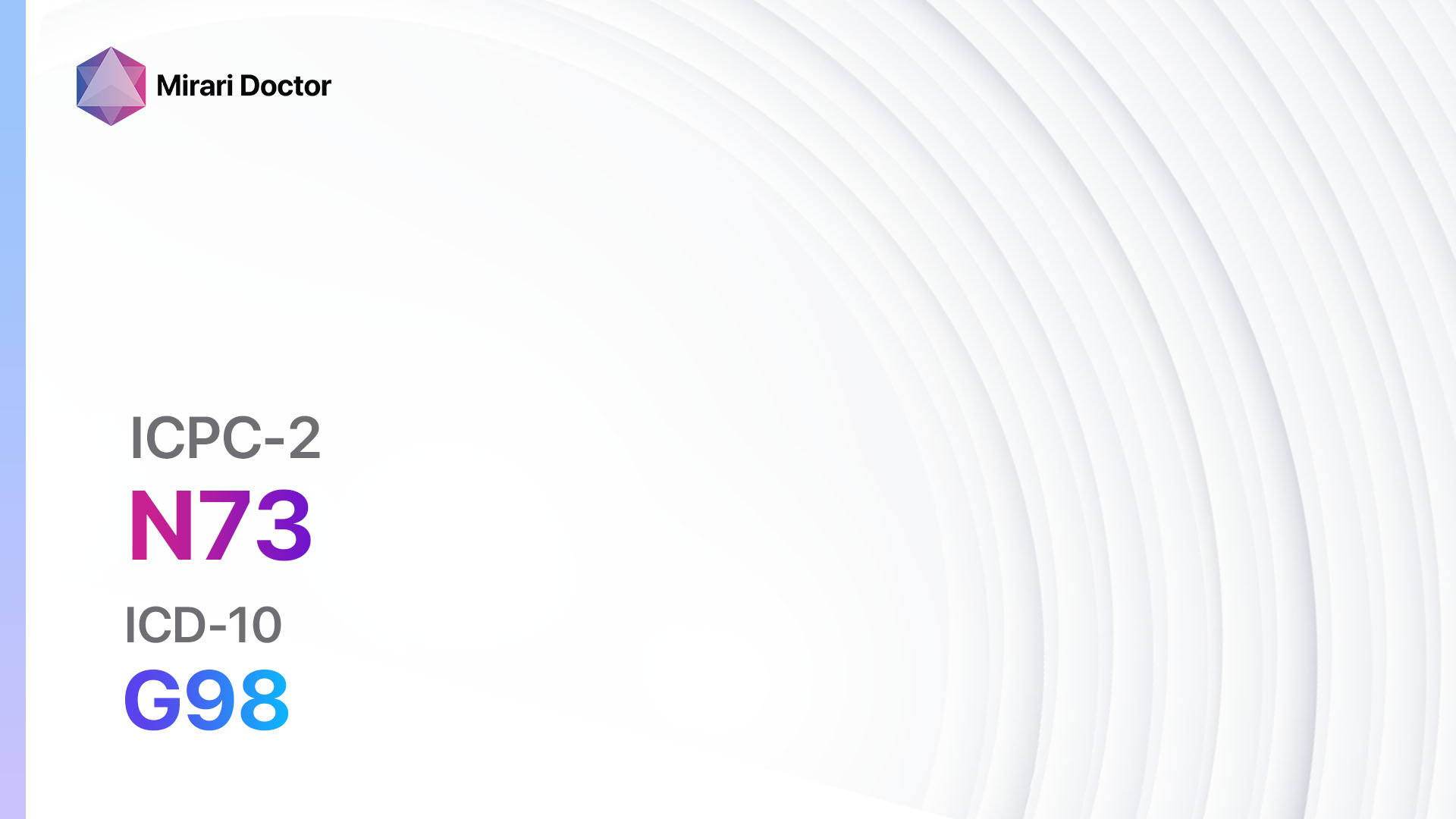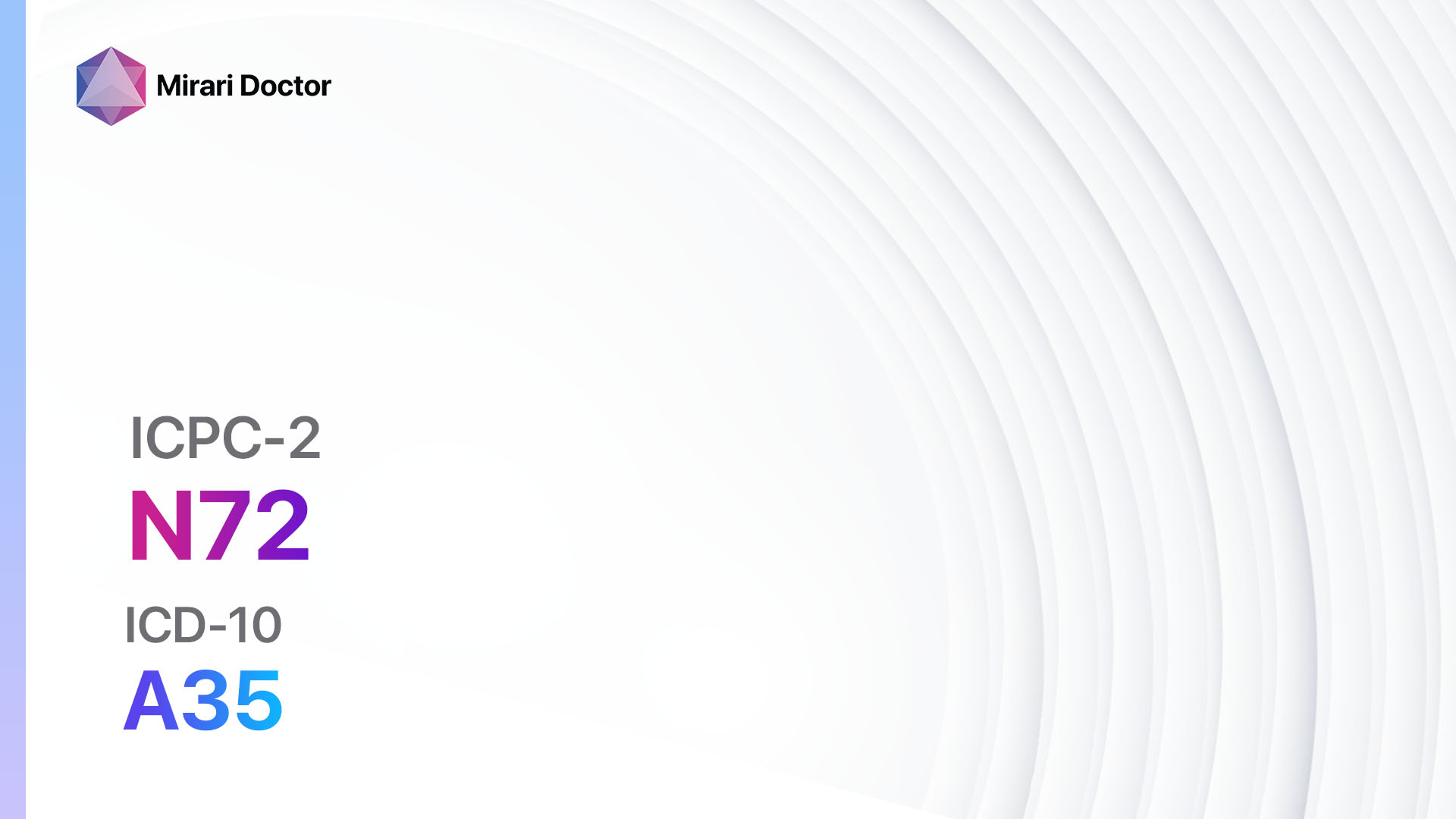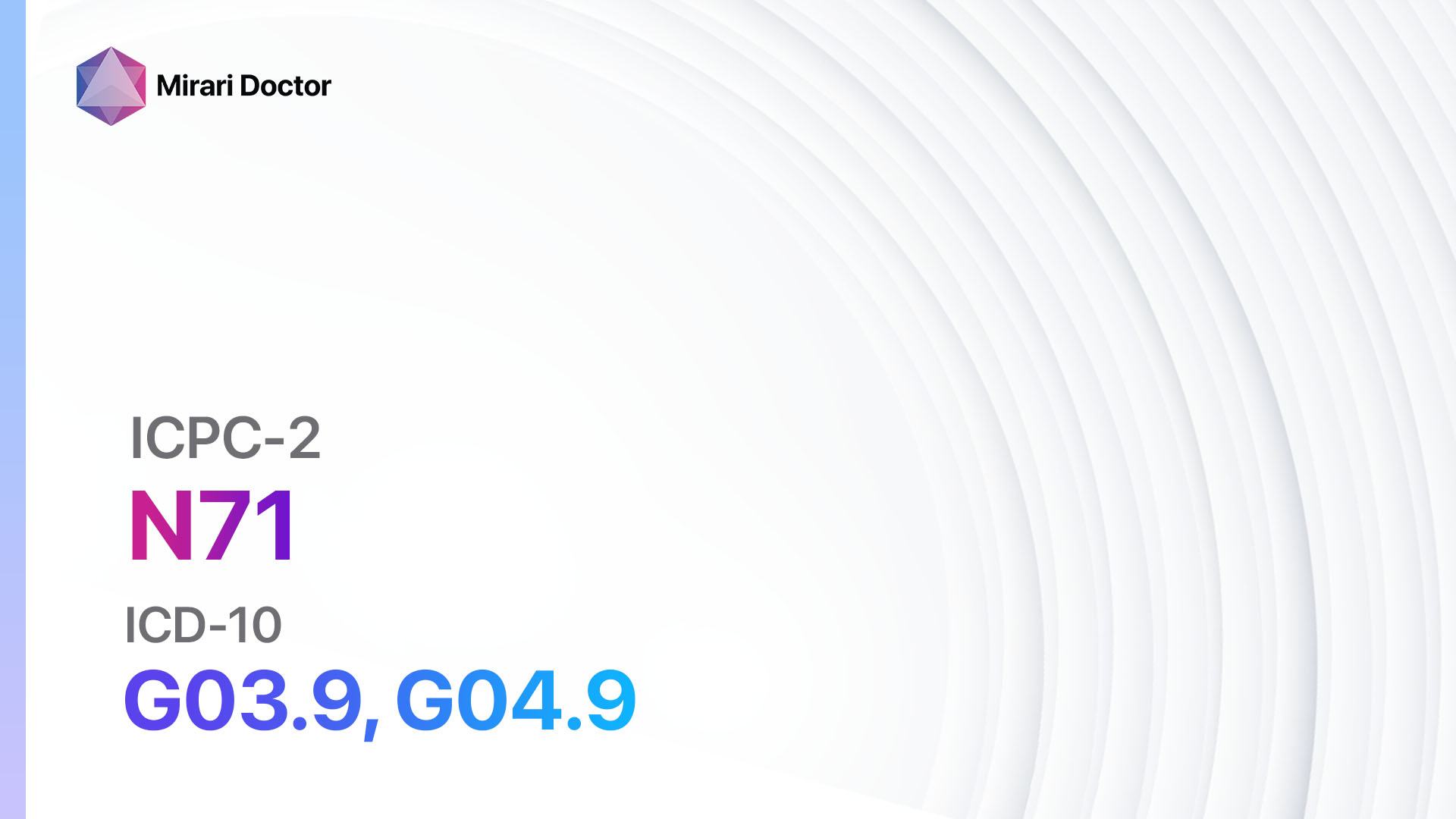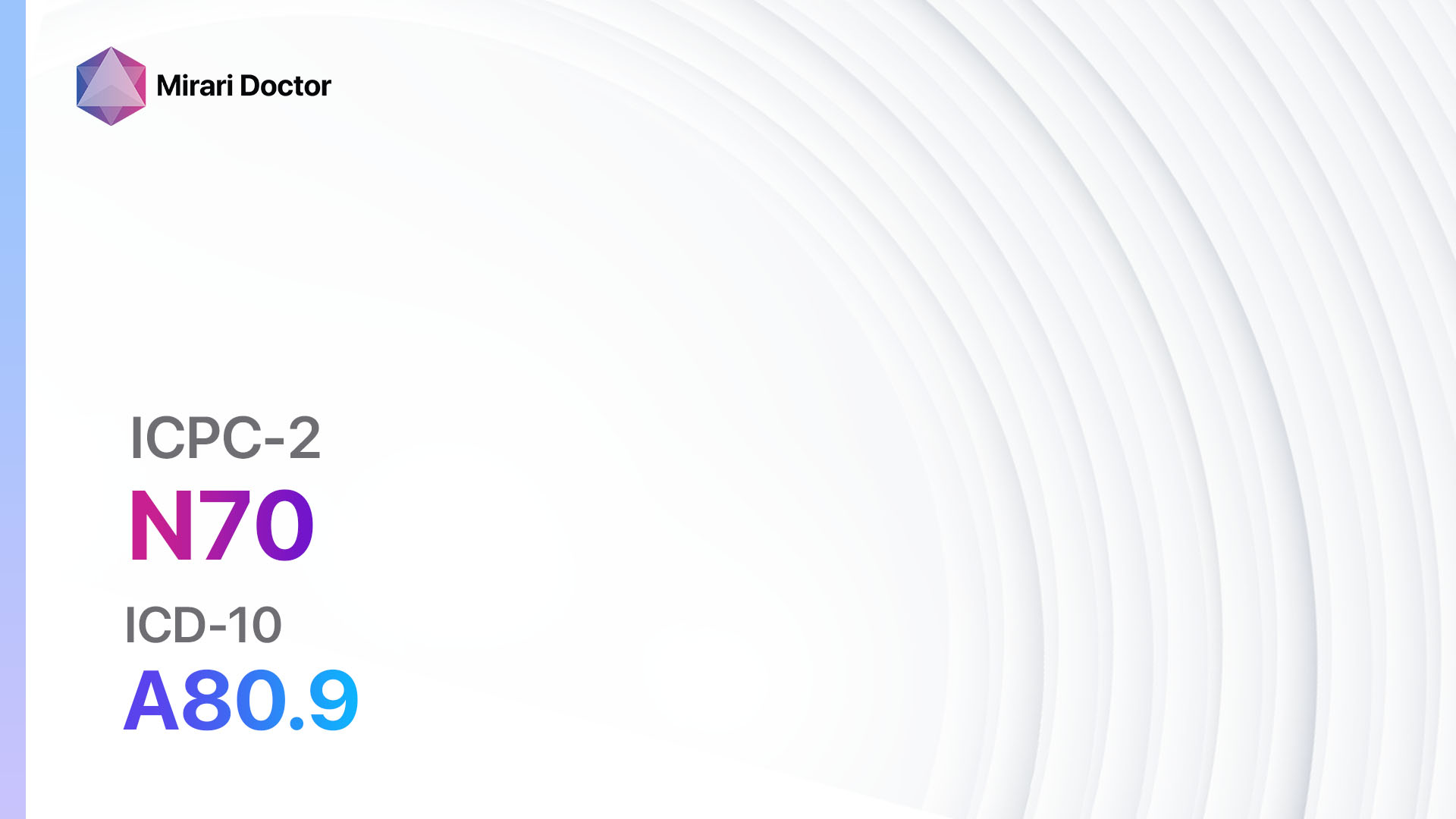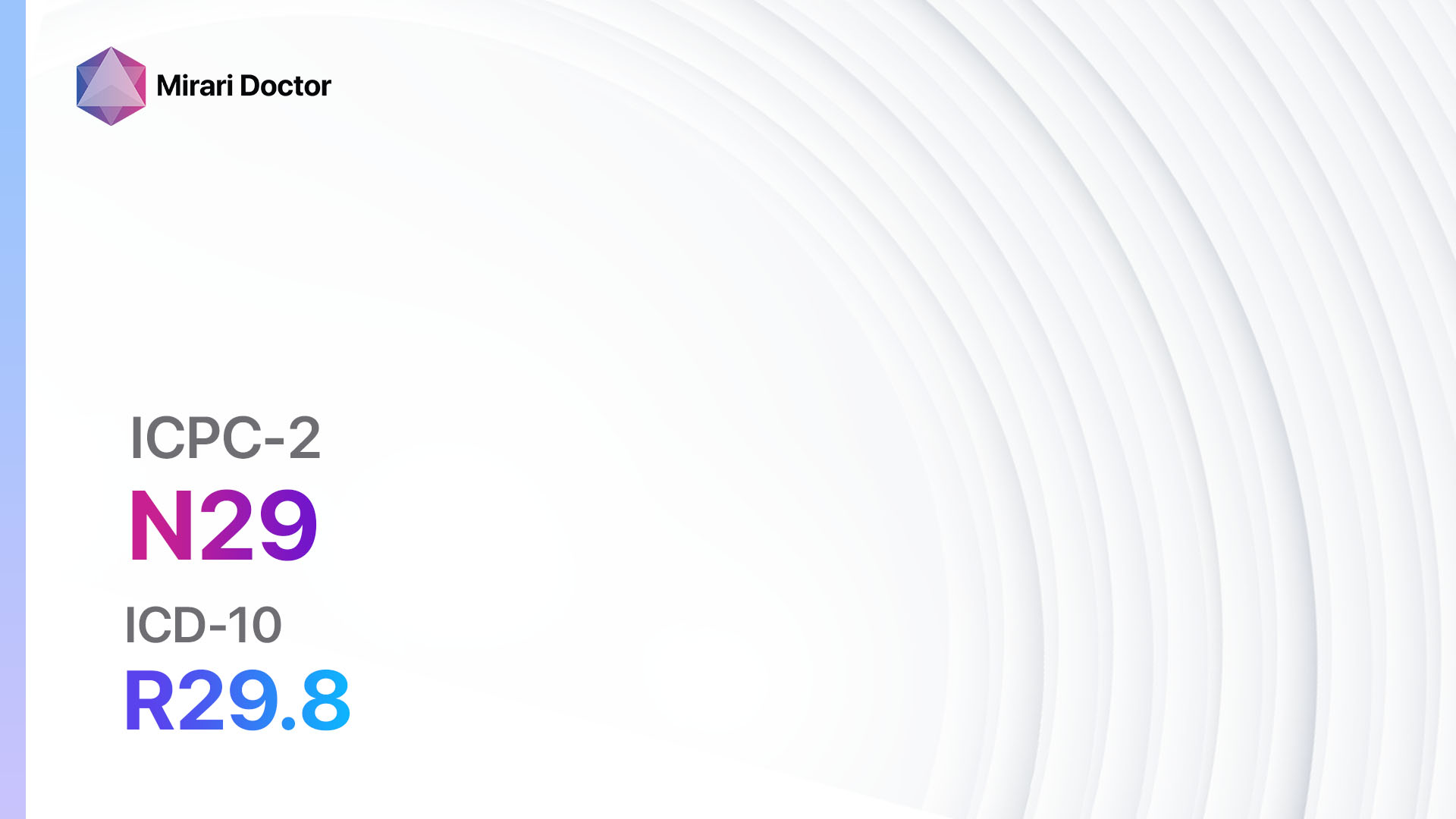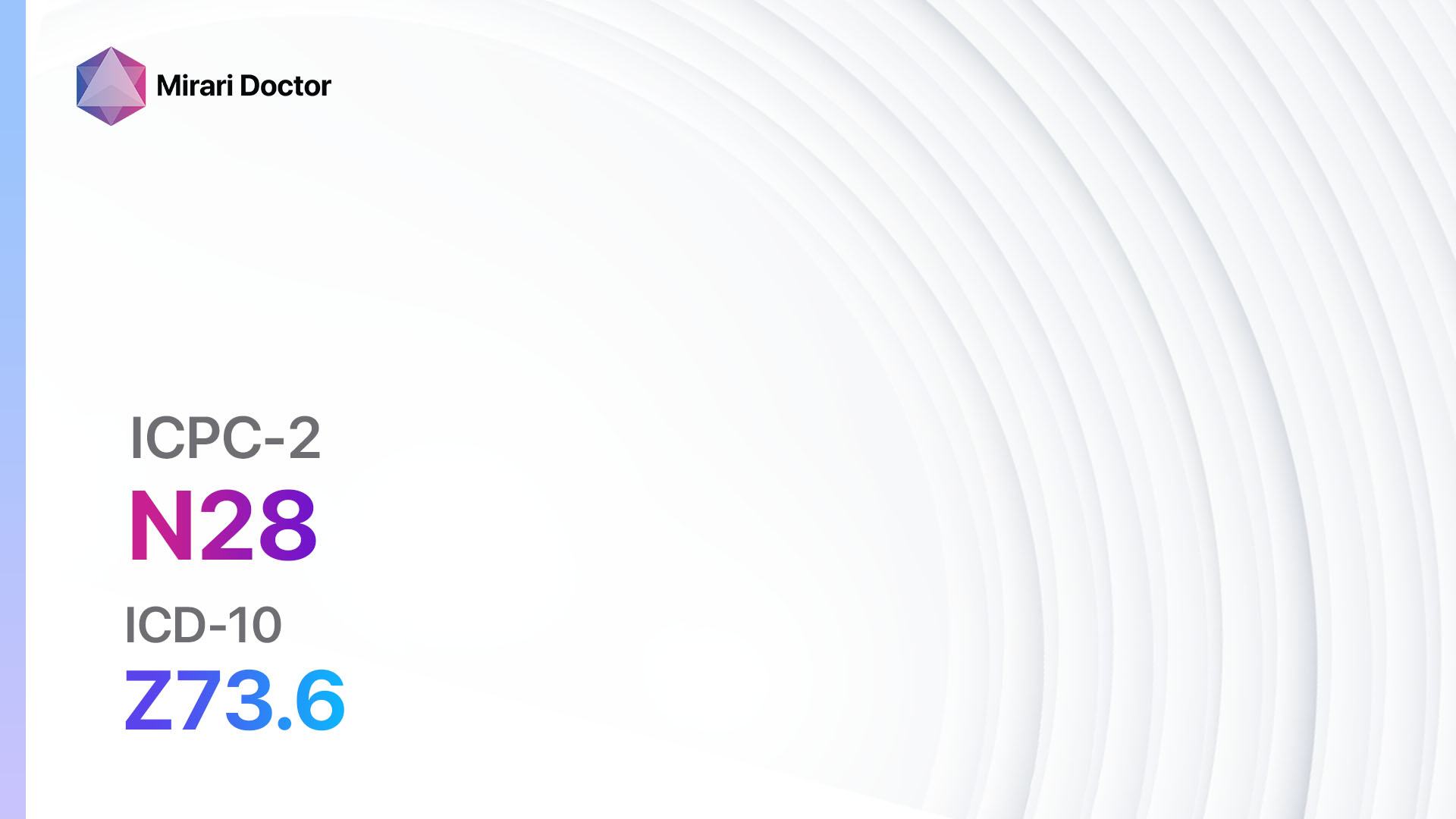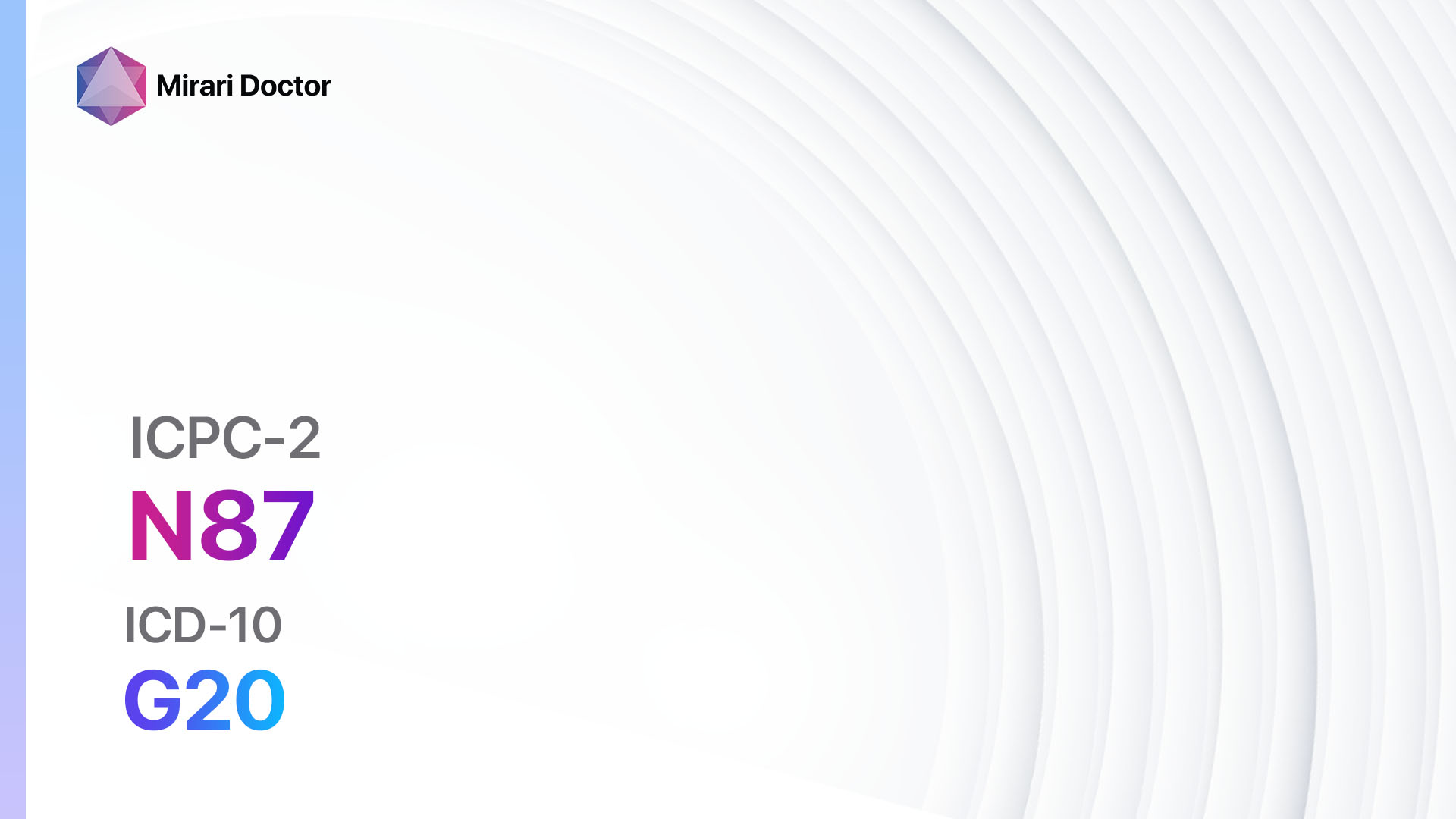
Introduction
Parkinsonism refers to a group of neurological disorders that share similar symptoms with Parkinson’s disease. These disorders are characterized by the degeneration of dopamine-producing cells in the brain, leading to motor and non-motor symptoms[1]. The aim of this guide is to provide a comprehensive overview of Parkinsonism, including its symptoms, causes, diagnostic steps, possible interventions, and lifestyle interventions.
Codes
Symptoms
- Tremors: Involuntary shaking or trembling of the hands, arms, legs, jaw, or face[4].
- Bradykinesia: Slowness of movement, including difficulty initiating and executing voluntary movements[5].
- Rigidity: Stiffness or inflexibility of the muscles, leading to decreased range of motion.[6]
- Postural instability: Impaired balance and coordination, resulting in difficulty maintaining an upright posture.[7]
- Non-motor symptoms: These may include depression, anxiety, sleep disturbances, cognitive impairment, and autonomic dysfunction[8].
Causes
- Idiopathic Parkinsonism: The exact cause is unknown, but it is believed to involve a combination of genetic and environmental factors[9].
- Drug-induced Parkinsonism: Certain medications, such as antipsychotics and antiemetics, can cause Parkinsonism-like symptoms[10].
- Vascular Parkinsonism: Caused by multiple small strokes or other vascular lesions in the brain.
- Parkinson-plus syndromes: These are a group of disorders that have Parkinsonism as a core feature, but also exhibit additional symptoms and pathology.
Diagnostic Steps
Medical History
- Gather information about the patient’s symptoms, including the onset, progression, and severity.
- Identify any risk factors, such as family history of Parkinsonism or exposure to toxins.
- Assess for the presence of other medical conditions that may contribute to Parkinsonism symptoms.
Physical Examination
- Evaluate the patient for the cardinal signs of Parkinsonism, including tremors, bradykinesia, rigidity, and postural instability.
- Assess for other motor abnormalities, such as dystonia or myoclonus.
- Look for non-motor symptoms, such as depression, anxiety, or cognitive impairment.
Laboratory Tests
- Blood tests: These may be done to rule out other conditions that can mimic Parkinsonism, such as thyroid dysfunction or vitamin B12 deficiency.
- Genetic testing: In some cases, genetic testing may be recommended to identify specific gene mutations associated with Parkinsonism.
- Cerebrospinal fluid analysis: This may be done to assess for the presence of certain biomarkers associated with Parkinsonism.
Diagnostic Imaging
- MRI: Magnetic resonance imaging can help visualize structural abnormalities in the brain and rule out other causes of Parkinsonism.
- DaTscan: This specialized imaging technique can assess dopamine transporter levels in the brain, aiding in the diagnosis of Parkinsonism.
- SPECT or PET scans: These imaging modalities can help evaluate dopamine function in the brain and differentiate between Parkinsonism and other movement disorders.
Other Tests
- Neuropsychological testing: This may be done to assess cognitive function and detect any cognitive impairment associated with Parkinsonism.
- Electroencephalogram (EEG): In some cases, an EEG may be performed to evaluate for the presence of seizures or other abnormal brain activity.
Follow-up and Patient Education
- Schedule regular follow-up appointments to monitor the progression of symptoms and adjust treatment as needed.
- Provide education to the patient and their caregivers about the disease, its symptoms, and available treatment options.
- Offer support and resources, such as support groups or counseling services, to help manage the emotional and psychological impact of Parkinsonism.
Possible Interventions
Traditional Interventions
Medications:
Top 5 drugs for Parkinsonism:
- Levodopa/Carbidopa (Sinemet):
- Cost: $50-$200/month.
- Contraindications: Narrow-angle glaucoma, history of melanoma.
- Side effects: Nausea, dizziness, dyskinesia.
- Severe side effects: Hallucinations, psychosis, orthostatic hypotension.
- Drug interactions: MAO inhibitors, antipsychotics.
- Warning: May cause a wearing-off effect or on-off phenomenon with long-term use.
- Dopamine agonists (e.g., Pramipexole, Ropinirole):
- Cost: $50-$200/month.
- Contraindications: History of impulse control disorders, severe cardiovascular disease.
- Side effects: Nausea, dizziness, hallucinations.
- Severe side effects: Compulsive behaviors, orthostatic hypotension.
- Drug interactions: Antipsychotics, antidepressants.
- Warning: May cause impulse control disorders or augmentation with long-term use.
- MAO-B inhibitors (e.g., Rasagiline, Selegiline):
- Cost: $50-$200/month.
- Contraindications: Concomitant use with meperidine or other MAO inhibitors.
- Side effects: Nausea, headache, insomnia.
- Severe side effects: Serotonin syndrome (with concomitant use of SSRIs), hypertensive crisis.
- Drug interactions: Meperidine, SSRIs.
- Warning: Avoid tyramine-rich foods (e.g., aged cheese, cured meats) due to risk of hypertensive crisis.
- COMT inhibitors (e.g., Entacapone, Tolcapone):
- Cost: $50-$200/month.
- Contraindications: History of liver disease, narrow-angle glaucoma.
- Side effects: Diarrhea, urine discoloration.
- Severe side effects: Hepatotoxicity (rare, but more common with Tolcapone).
- Drug interactions: MAO inhibitors, antipsychotics.
- Warning: Regular liver function tests required with Tolcapone.
- Anticholinergics (e.g., Benztropine, Trihexyphenidyl):
- Cost: $10-$50/month.
- Contraindications: Glaucoma, urinary retention.
- Side effects: Dry mouth, constipation, blurred vision.
- Severe side effects: Confusion, hallucinations, delirium.
- Drug interactions: Other anticholinergic medications.
- Warning: Use with caution in elderly patients due to increased risk of cognitive impairment.
Alternative Drugs:
- Amantadine: Can be used as an adjunctive treatment for Parkinsonism.
- Apomorphine: A subcutaneous injection used for acute rescue therapy in advanced Parkinsonism.
- Rotigotine: A dopamine agonist available as a transdermal patch.
- Safinamide: An MAO-B inhibitor used as an adjunctive treatment for Parkinsonism.
- Pramipexole ER: An extended-release formulation of Pramipexole.
Surgical Procedures:
- Deep brain stimulation (DBS): Involves the implantation of electrodes in specific areas of the brain to modulate abnormal electrical signals. Cost: $50,000-$100,000.
- Duopa pump: A portable infusion pump that delivers a continuous infusion of Levodopa/Carbidopa gel directly into the small intestine. Cost: $50,000-$100,000.
Alternative Interventions
- Acupuncture: May help alleviate symptoms and improve overall well-being. Cost: $60-$120 per session.
- Tai Chi: A mind-body exercise that combines gentle movements and deep breathing. Cost: $10-$20 per class.
- Yoga: Incorporates physical postures, breathing exercises, and meditation. Cost: $10-$20 per class.
- Massage therapy: Can help reduce muscle stiffness and promote relaxation. Cost: $60-$120 per session.
- Music therapy: Listening to music or participating in music-based activities may improve mood and motor function. Cost: Varies depending on the provider.
Lifestyle Interventions
- Regular exercise: Engaging in aerobic exercise, strength training, and balance exercises can help improve mobility and overall physical function. Cost: Varies depending on the type of exercise (e.g., gym membership, fitness classes).
- Healthy diet: Consuming a well-balanced diet rich in fruits, vegetables, whole grains, and lean proteins can support overall health and well-being. Cost: Varies depending on individual food choices.
- Stress management: Practicing stress-reducing techniques, such as mindfulness meditation or deep breathing exercises, can help improve symptoms and overall quality of life. Cost: Free or minimal cost.
- Sleep hygiene: Establishing a regular sleep routine and creating a sleep-friendly environment can improve sleep quality and reduce daytime sleepiness. Cost: Free or minimal cost.
- Supportive therapies: Engaging in activities that promote social interaction and emotional well-being, such as joining support groups or participating in counseling, can provide valuable support and coping strategies. Cost: Varies depending on the specific therapy or group.
It is important to note that the cost ranges provided are approximate and may vary depending on the location and availability of the interventions.
Mirari Cold Plasma Alternative Intervention
Understanding Mirari Cold Plasma
- Safe and Non-Invasive Treatment: Mirari Cold Plasma is a safe and non-invasive treatment option for various skin conditions. It does not require incisions, minimizing the risk of scarring, bleeding, or tissue damage.
- Efficient Extraction of Foreign Bodies: Mirari Cold Plasma facilitates the removal of foreign bodies from the skin by degrading and dissociating organic matter, allowing easier access and extraction.
- Pain Reduction and Comfort: Mirari Cold Plasma has a local analgesic effect, providing pain relief during the treatment, making it more comfortable for the patient.
- Reduced Risk of Infection: Mirari Cold Plasma has antimicrobial properties, effectively killing bacteria and reducing the risk of infection.
- Accelerated Healing and Minimal Scarring: Mirari Cold Plasma stimulates wound healing and tissue regeneration, reducing healing time and minimizing the formation of scars.
Mirari Cold Plasma Prescription
Video instructions for using Mirari Cold Plasma Device – N87 Parkinsonism (ICD-10:G20)
| Mild | Moderate | Severe |
| Mode setting: 2 (Wound Healing) Location: 7 (Neuro system & ENT) Morning: 15 minutes, Evening: 15 minutes |
Mode setting:2 (Wound Healing) Location: 7 (Neuro system & ENT) Morning: 30 minutes, Lunch: 30 minutes, Evening: 30 minutes |
Mode setting: 2 (Wound Healing) Location: 7 (Neuro system & ENT) Morning: 30 minutes, Lunch: 30 minutes, Evening: 30 minutes |
| Mode setting: 7 (Immunotherapy) Location: 1 (Sacrum) Morning: 15 minutes, Evening: 15 minutes |
Mode setting: 7 (Immunotherapy) Location: 1 (Sacrum) Morning: 30 minutes, Lunch: 30 minutes, Evening: 30 minutes |
Mode setting: 7 (Immunotherapy) Location: 1 (Sacrum) Morning: 30 minutes, Lunch: 30 minutes, Evening: 30 minutes |
| Mode setting: 7 (Immunotherapy) Location: 1 (Sacrum) Morning: 15 minutes, Evening: 15 minutes |
Mode setting: 7 (Immunotherapy) Location: 1 (Sacrum) Morning: 30 minutes, Lunch: 30 minutes, Evening: 30 minutes |
Mode setting: 7 (Immunotherapy) Location: 1 (Sacrum) Morning: 30 minutes, Lunch: 30 minutes, Evening: 30 minutes |
| Total Morning: 45 minutes approx. $7.50 USD, Evening: 45 minutes approx. $7.50 USD |
Total Morning: 90 minutes approx. $15 USD, Lunch: 90 minutes approx. $15 USD, Evening: 90 minutes approx. $15 USD |
Total Morning: 90 minutes approx. $15 USD, Lunch: 90 minutes approx. $15 USD, Evening: 90 minutes approx. $15 USD |
| Usual treatment for 7-60 days approx. $105 USD – $900 USD | Usual treatment for 6-8 weeks approx. $1,890 USD – $2,520 USD |
Usual treatment for 3-6 months approx. $4,050 USD – $8,100 USD
|
 |
|
Use the Mirari Cold Plasma device to treat Parkinsonism effectively.
WARNING: MIRARI COLD PLASMA IS DESIGNED FOR THE HUMAN BODY WITHOUT ANY ARTIFICIAL OR THIRD PARTY PRODUCTS. USE OF OTHER PRODUCTS IN COMBINATION WITH MIRARI COLD PLASMA MAY CAUSE UNPREDICTABLE EFFECTS, HARM OR INJURY. PLEASE CONSULT A MEDICAL PROFESSIONAL BEFORE COMBINING ANY OTHER PRODUCTS WITH USE OF MIRARI.
Step 1: Cleanse the Skin
- Start by cleaning the affected area of the skin with a gentle cleanser or mild soap and water. Gently pat the area dry with a clean towel.
Step 2: Prepare the Mirari Cold Plasma device
- Ensure that the Mirari Cold Plasma device is fully charged or has fresh batteries as per the manufacturer’s instructions. Make sure the device is clean and in good working condition.
- Switch on the Mirari device using the power button or by following the specific instructions provided with the device.
- Some Mirari devices may have adjustable settings for intensity or treatment duration. Follow the manufacturer’s instructions to select the appropriate settings based on your needs and the recommended guidelines.
Step 3: Apply the Device
- Place the Mirari device in direct contact with the affected area of the skin. Gently glide or hold the device over the skin surface, ensuring even coverage of the area experiencing.
- Slowly move the Mirari device in a circular motion or follow a specific pattern as indicated in the user manual. This helps ensure thorough treatment coverage.
Step 4: Monitor and Assess:
- Keep track of your progress and evaluate the effectiveness of the Mirari device in managing your Parkinsonism. If you have any concerns or notice any adverse reactions, consult with your health care professional.
Note
This guide is for informational purposes only and should not replace the advice of a medical professional. Always consult with your healthcare provider or a qualified medical professional for personal advice, diagnosis, or treatment. Do not solely rely on the information presented here for decisions about your health. Use of this information is at your own risk. The authors of this guide, nor any associated entities or platforms, are not responsible for any potential adverse effects or outcomes based on the content.
Mirari Cold Plasma System Disclaimer
- Purpose: The Mirari Cold Plasma System is a Class 2 medical device designed for use by trained healthcare professionals. It is registered for use in Thailand and Vietnam. It is not intended for use outside of these locations.
- Informational Use: The content and information provided with the device are for educational and informational purposes only. They are not a substitute for professional medical advice or care.
- Variable Outcomes: While the device is approved for specific uses, individual outcomes can differ. We do not assert or guarantee specific medical outcomes.
- Consultation: Prior to utilizing the device or making decisions based on its content, it is essential to consult with a Certified Mirari Tele-Therapist and your medical healthcare provider regarding specific protocols.
- Liability: By using this device, users are acknowledging and accepting all potential risks. Neither the manufacturer nor the distributor will be held accountable for any adverse reactions, injuries, or damages stemming from its use.
- Geographical Availability: This device has received approval for designated purposes by the Thai and Vietnam FDA. As of now, outside of Thailand and Vietnam, the Mirari Cold Plasma System is not available for purchase or use.
References
-
- Parkinsonism: Symptoms, treatment, and diagnosis. Medical News Today. https://www.medicalnewstoday.com/articles/320601
- Parkinson’s Disease: Causes, Symptoms, and Treatments. National Institute on Aging. https://www.nia.nih.gov/health/parkinsons-disease/parkinsons-disease-causes-symptoms-and-treatments
- Parkinsonism: What It Is, Causes & Types. Cleveland Clinic. https://my.clevelandclinic.org/health/diseases/22815-parkinsonism
- Parkinson’s disease – Symptoms and causes. Mayo Clinic. https://www.mayoclinic.org/diseases-conditions/parkinsons-disease/symptoms-causes/syc-20376055
- Parkinson’s Disease: Symptoms, Causes, Diagnosis, Treatment. WebMD. https://www.webmd.com/parkinsons-disease/parkinsons-disease-overview
- Parkinsonism: What It Is, Causes & Types. Cleveland Clinic. https://my.clevelandclinic.org/health/diseases/22815-parkinsonism
- Parkinsonism: Symptoms, treatment, and diagnosis. Medical News Today. https://www.medicalnewstoday.com/articles/320601
- Diagnosing Parkinson’s Disease | APDA. https://www.apdaparkinson.org/what-is-parkinsons/diagnosing/
- Parkinson’s disease – Causes – NHS. https://www.nhs.uk/conditions/parkinsons-disease/causes/
- Living with Parkinson’s Disease. APDA. https://www.apdaparkinson.org/resources-support/living-with-parkinsons-disease/
Related articles
Made in USA


